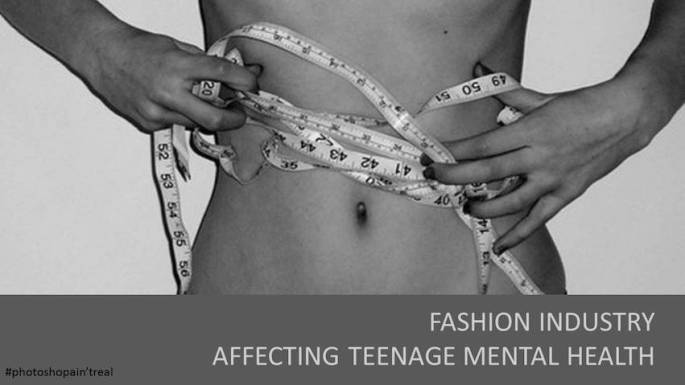
We all know that regular exercise is good for our body. And exercise is also one of the most effective ways to improve our mental health. Regular exercise can have a profoundly positive impact on depression, anxiety, ADHD, and more. It also relieves stress, improves memory, helps you sleep better and boosts overall mood. Evidence indicates that modest amounts of exercise can make a difference. No matter your age or fitness level, you can learn to use exercise as a powerful tool to feel better.
How much exercise should I be doing?
We are recommended that adults should aim to be active daily and complete 2.5 hours of moderate intensity activity for a week (30 minutes for 5 times a week). It may sound like a lot, but it isn’t as intimidating as it first appears. We will help you to get started!
How should I get started?
You can start by going on a walk, doing housework and gardening. These all are physical activities. Also, you can invite your friends to exercise together. Social support is a great motivator. Sharing your experiences, goals and achievements will help you to keep focus and enthusiasm.
Integrate it as a part of daily life
You can adopt a more active lifestyle by simply doing daily tasks more energetically or making small changes to your routine like walking up of stairs instead of taking elevator, doing housework, quick walking and walking the dog.
Overcoming barriers
It can be a bit difficult to make changes to your life and most people get worried about trying something new. Some common barriers, such as cost, injury or illness, lack of energy, fear of failure, or even the weather can hinder people from getting started! Practical and emotional support from friends, family and experts really does help!
Body image can be a barrier to do physical activity. People who are worried about how their body will look to others while they are exercising may avoid exercise as a result. Exercising with a companion can also help to reduce anxiety about how your body looks to others and may be particularly helpful during the first few exercise sessions. The environment can also influence how you feel; gyms with mirrored walls tend to heighten anxiety, as does exercising near a window or other space where you might feel ‘on show’.

6 benefits of exercises:
1. Reduce stress
One of the most common mental benefits of exercise is stress relief. Working up a sweat can help manage physical and mental stress. Get sweaty – exercising can reduce stress and enhance our body’s ability to deal with existing mental tension. It’s win-win!
2. Boost happy chemicals
Exercise can release endorphins that create feelings of happiness and euphoria. Studies have shown that exercise can even alleviate symptoms among the clinically depressed. In some cases, exercise can be just as effective as antidepressant pills in treating depression. Getting a happy buzz from working out for just 30 minutes a few times a week can instantly boost overall mood.
3. Improve self-confidence
Physical fitness can boost self-esteem and improve positive self-image. Exercise can quickly elevate a person’s perception of our attractiveness. It is self-worth! For an extra boost of self-love, take that workout outside!
4. Enjoy the great outdoors.
Find an outdoor workout that fits your style, whether it’s rock-climbing, hiking, renting a canoe or just jobbing in the park. Also, all the Vitamin D acquired from soaking up the sun (Remember to wear sunscreen!) can reduce the likelihood of experiencing depressive symptoms. You can just book a spa day when there is a little fresh air and sunshine. And exercise can work wonders for happiness and self-confidence!
5. Increase relaxation
A moderate workout can be the equivalent of a sleeping pill. Doing physical activity for 5-6 hours before bedtime can raise the body’s core temperature. When the body temp drops back to normal a few hours later, it indicates the body that it’s time to sleep.







